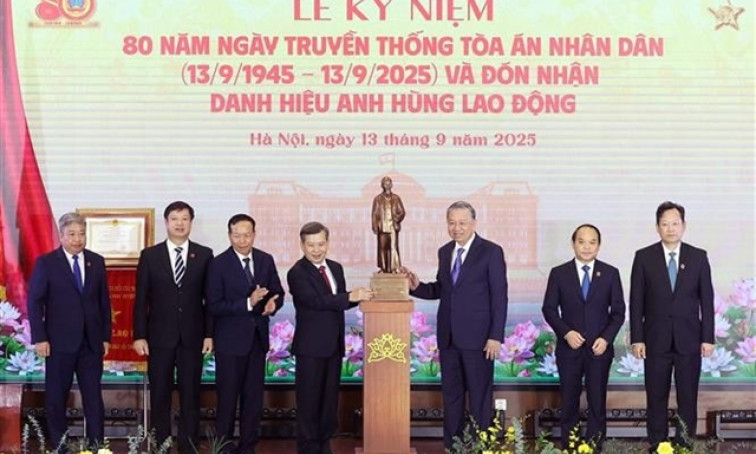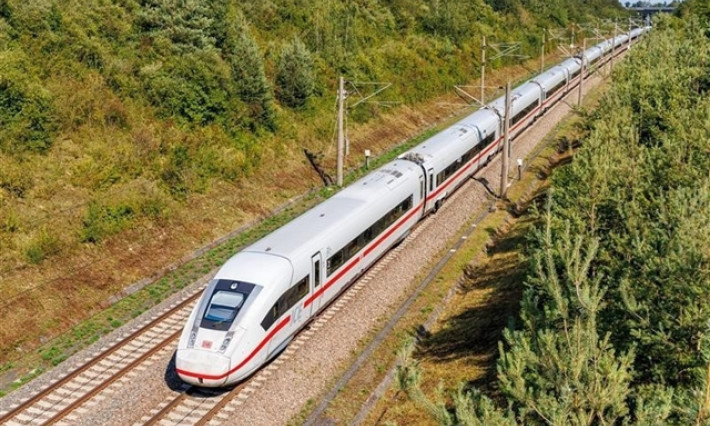Vietnam's 9 UNESCO world heritage sites
Each of nine Vietnam's UNESCO World Heritage Sites is a testament to the nation's rich history and natural beauty. Explore Vietnam's treasures with this guide.
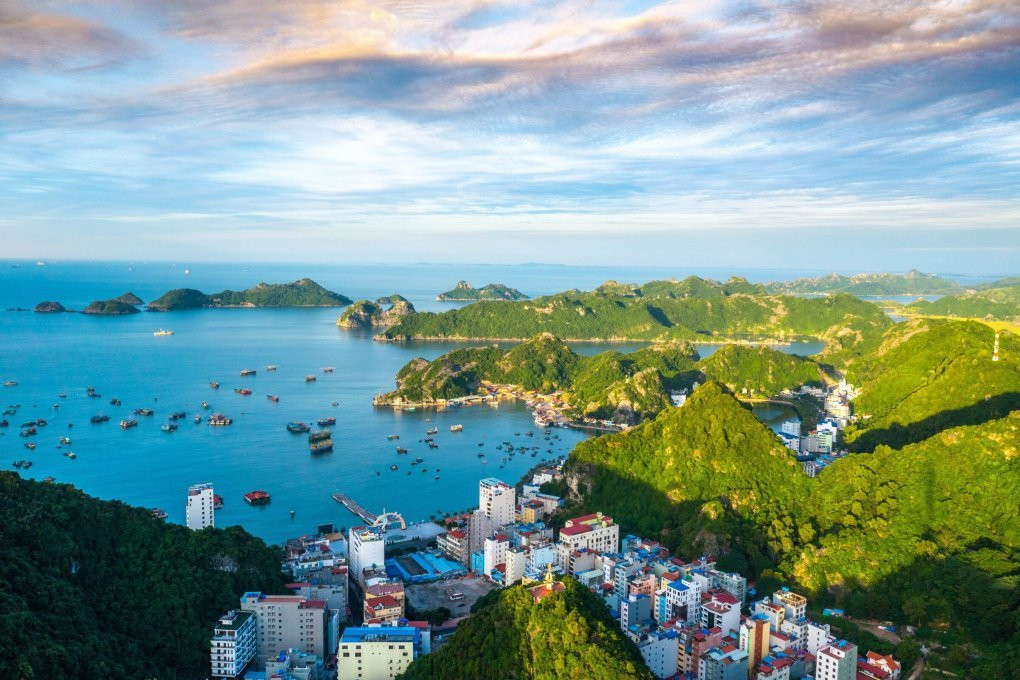
1. Ha Long Bay - Cat Ba Archipelago
The Ha Long Bay - Cat Ba Archipelago boasts limestone islands and lush islands, creating its unique natural charm. Photo by VnExpress/Tran Dat
On September 16, the UNESCO World Heritage Committee added the Ha Long Bay - Cat Ba Archipelago to its list of world natural heritage sites. This latest recognition brings Vietnam's tally to three natural heritages, five cultural heritages, and a mixed natural and cultural property.
According to the Department of Cultural Heritage, the Ha Long Bay - Cat Ba Archipelago earned UNESCO recognition due to its natural beauty, which includes limestone islands cloaked in foliage and limestone peaks rising above sea level. The area's vistas, featuring lush islands, saltwater lakes, and limestone cliffs, contribute to its unique appeal.
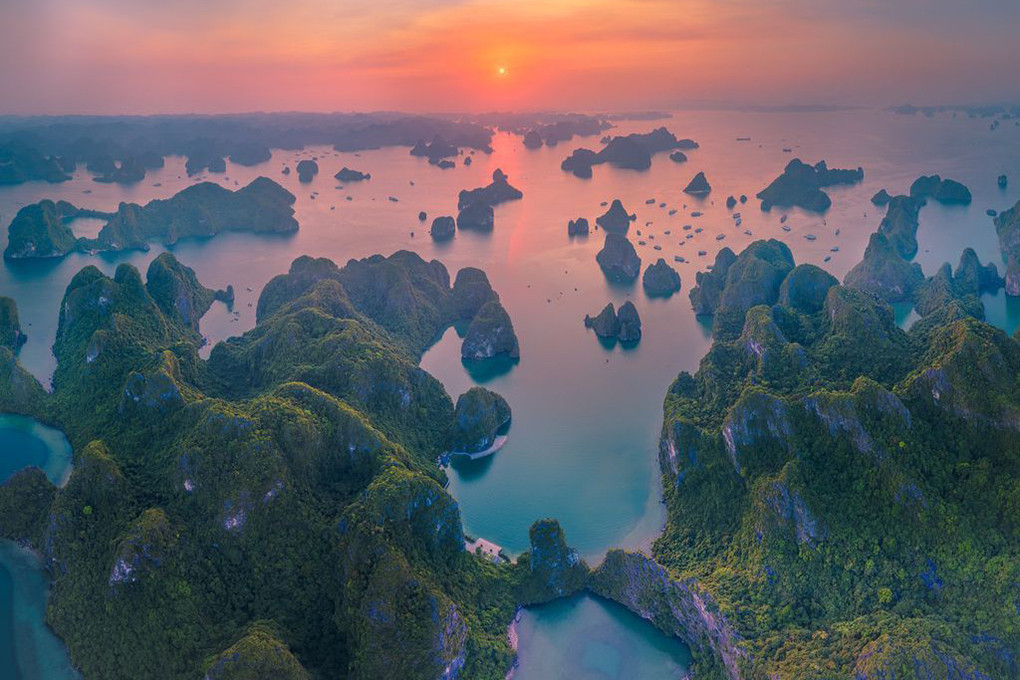
2. Ha Long Bay
Ha Long Bay itself has received UNESCO accolades twice before. In 1994, it was designated a natural heritage site for its natural landscape, marking Vietnam's first recognition in this category. In 2020, it secured a second accolade for its geological and geomorphological value.
Located in the northeast of Vietnam, Ha Long Bay covers 1,550 square kilometers, with 1,969 islands. The UNESCO-recognized area is 434 square kilometers, forming a triangle with Dau Go Island to the west, Ba Ham Lake to the south, and Cong Tay Island to the east.
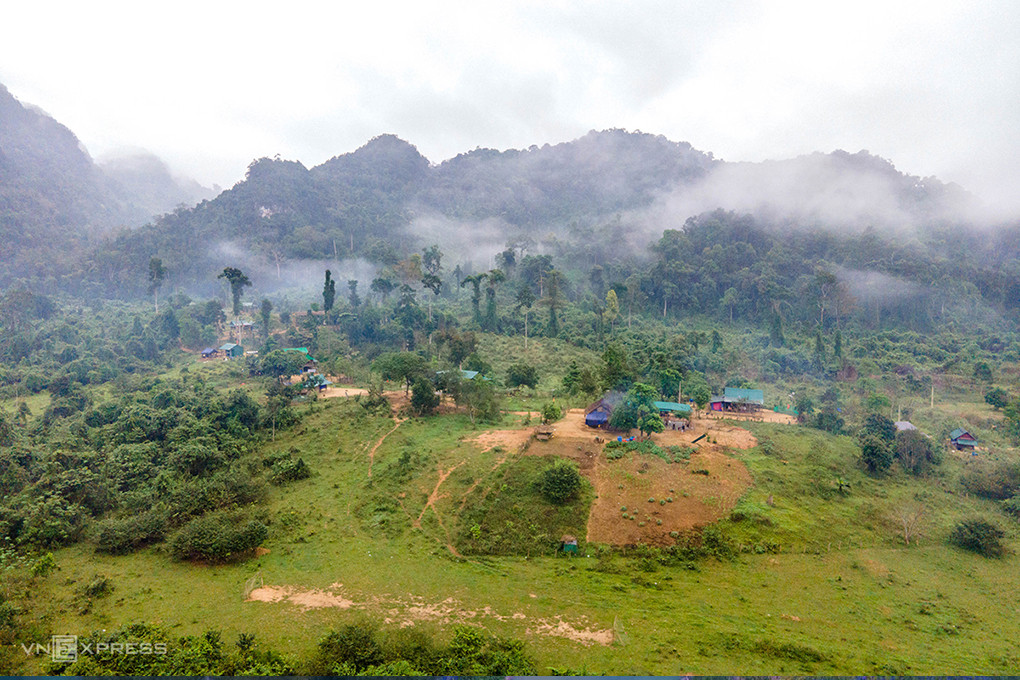
3. Phong Nha - Ke Bang National Park
Phong Nha - Ke Bang National Park in Quang Binh Province has the distinction of being twice honored by UNESCO. In 2003, it earned recognition for its geological values. Then, in July 2015, it received a second recognition, this time for being an example of ecological processes in terrestrial ecosystem evolution and for its vital role in conserving natural habitats.
In 2015, the World Heritage Committee expanded the park's area from 85,754 hectares to 123,326 hectares.
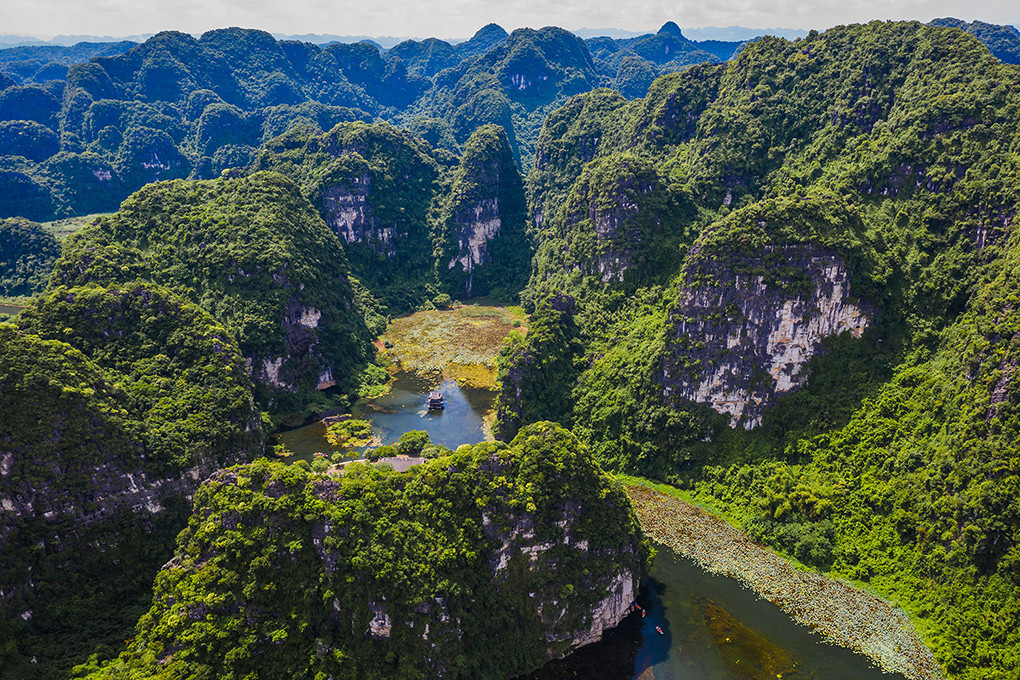
4. Trang An Complex
The Trang An Complex achieved UNESCO's recognition as a world cultural and natural heritage site in 2014, marking Vietnam's first mixed heritage site. Nestled in Ninh Binh Province, south of the Red River Delta, the Trang An Complex encompasses three conservation areas: The Hoa Lu Ancient Capital, the Trang An - Tam Coc - Bich Dong Scenic Landscape, and the Hoa Lu Special Use Forest. The complex sprawls over 4,000 hectares, encompassing the entire Trang An limestone massif and an 8,000-hectare buffer zone, mainly rice fields.
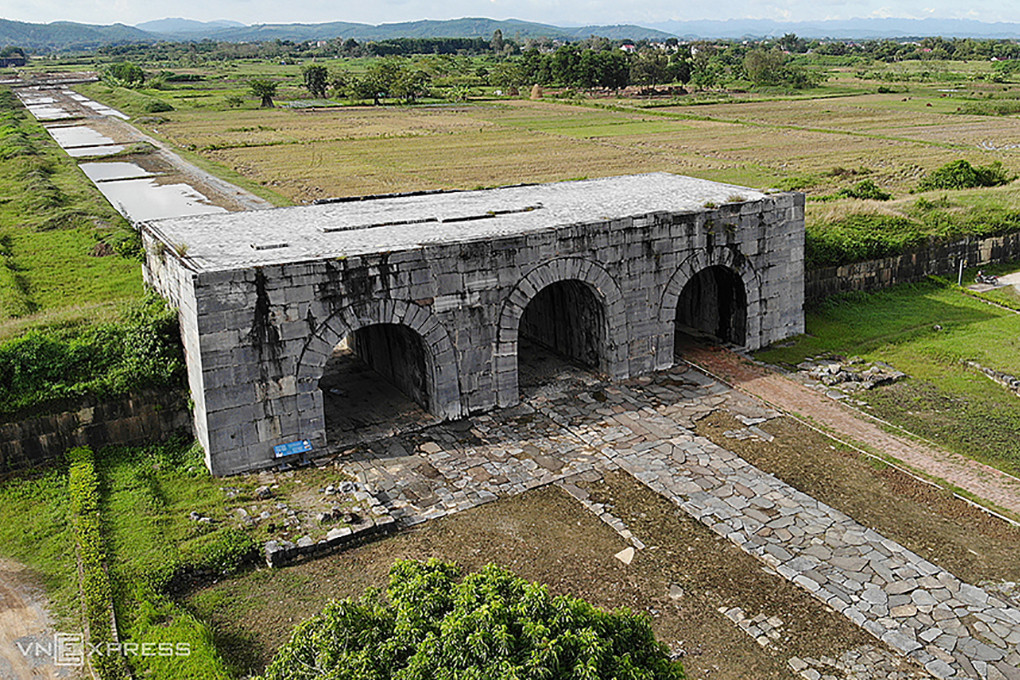
5. Citadel of the Ho Dynasty
UNESCO also bestowed world cultural heritage status on the Citadel of the Ho Dynasty in Thanh Hoa Province in north central Vietnam in June 2011. Built by the founding emperor of the Ho Dynasty, Ho Quy Ly, in 1397, this citadel, called Tay Do, was the capital during the Ho Dynasty's seven-year rule from 1400 to 1407.
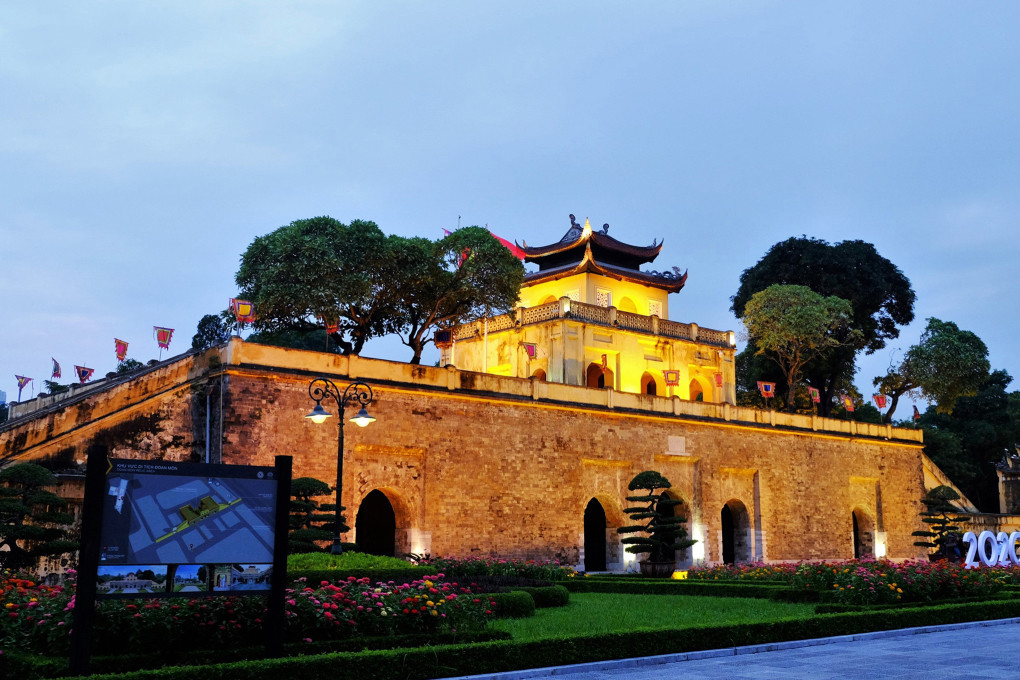
6. Thang Long Imperial Citadel
In August 2010, UNESCO recognized the central relic area of the Thang Long Imperial Citadel in Hanoi as a world cultural heritage site. This Imperial Citadel was the seat of power for over a millennium and stands as a testament to Vietnam's historical evolution and the nation's cultural significance in Southeast Asia.
The global significance of this heritage site is attributed to three key characteristics: its long cultural history, its continuous role as a center of power, and its rich abundance of relics.
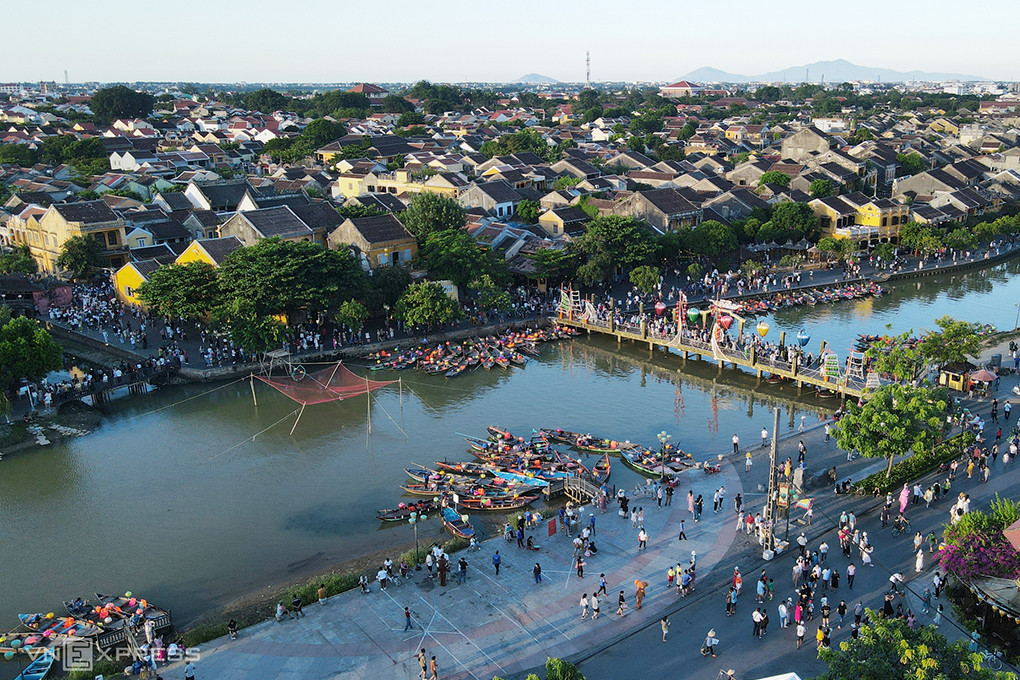
7. Hoi An Ancient Town
The ancient town of Hoi An, located where the Co Co River meets the East Sea, was honored as a world cultural heritage by UNESCO in 1999. Since the 17th century, Hoi An has been a trading hub connected to Da Nang through the Co Co River, making it one of central Vietnam's most popular tourist attractions.
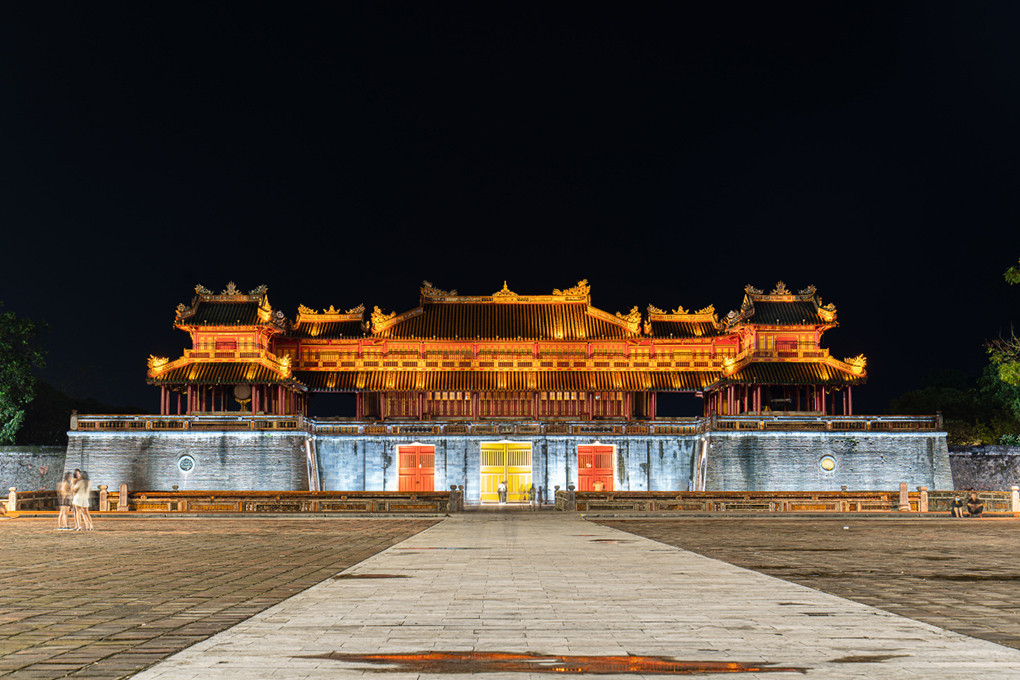
8. The Complex of Hue Monuments
Constructed between the early 19th century and the first half of the 20th century, the Complex of Hue Monuments earned world cultural heritage status in 1993. This complex is distinguished by three citadels: the Imperial City, the Citadel, and the Forbidden City, each encapsulating its own historical and architectural significance.

9. My Son Relic Site
In 1999, UNESCO recognized the My Son relic site in Duy Phu Commune, Duy Xuyen District, Quang Nam Province, as a world cultural heritage. The site, founded by King Bhadravarman in the 4th century and expanded over subsequent centuries, features over 70 temples and towers showcasing various architectural and sculptural styles that mirror the Champa kingdom's historical periods.
Most of the structures and sculptures at My Son bear the influence of Hinduism, with many temples and towers oriented toward the east, symbolizing the gods' abode. A few face west or both east-west directions, reflecting the deification of kings after their deaths and their reverence for their ancestors.
Apart from nine eight world natural and cultural heritage sites, Vietnam features numerous intangible cultural and documentary heritages recognized by UNESCO, such as the Woodblocks of the Nguyen Dynasty, and Hue Royal Court Music.





